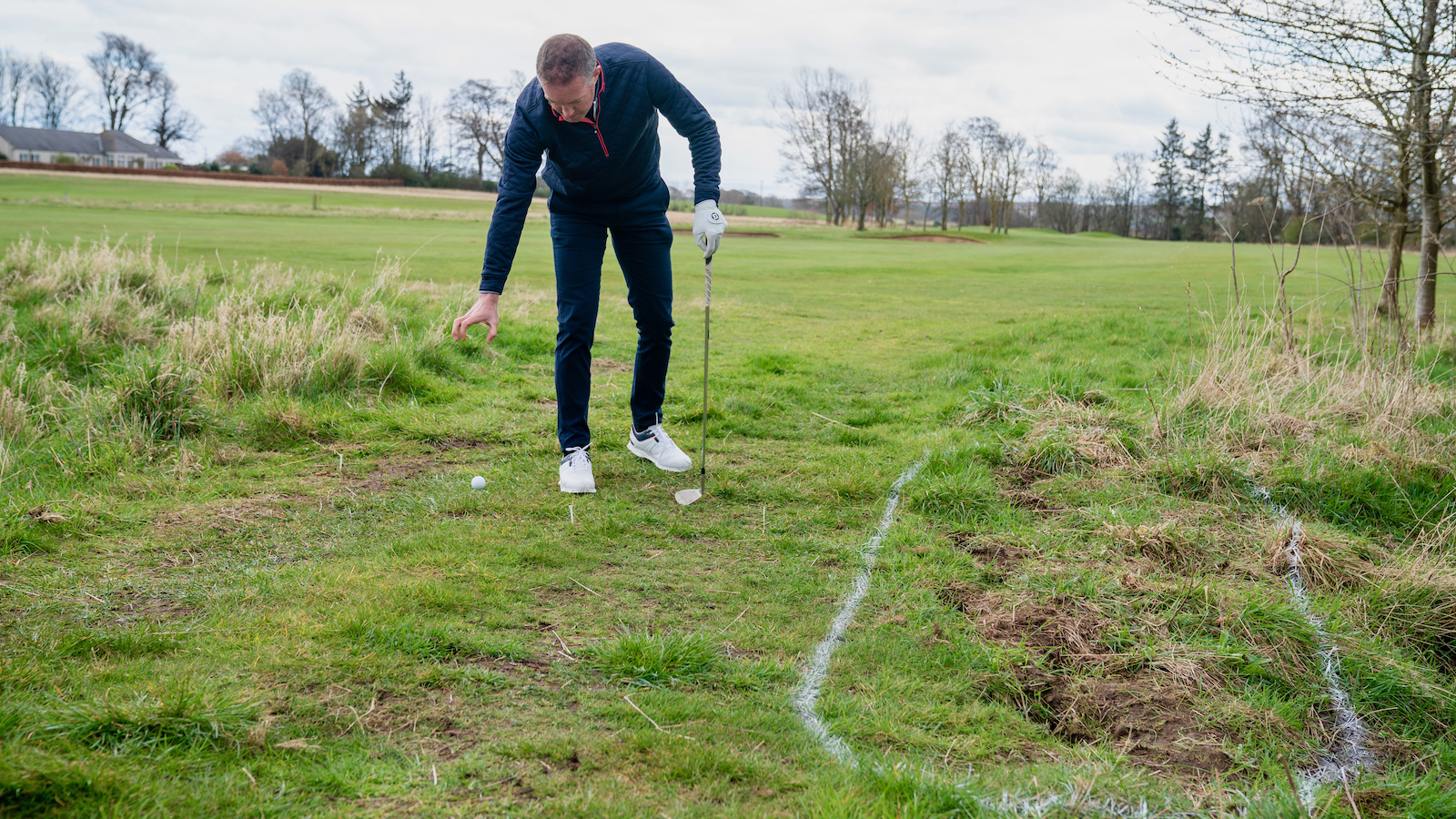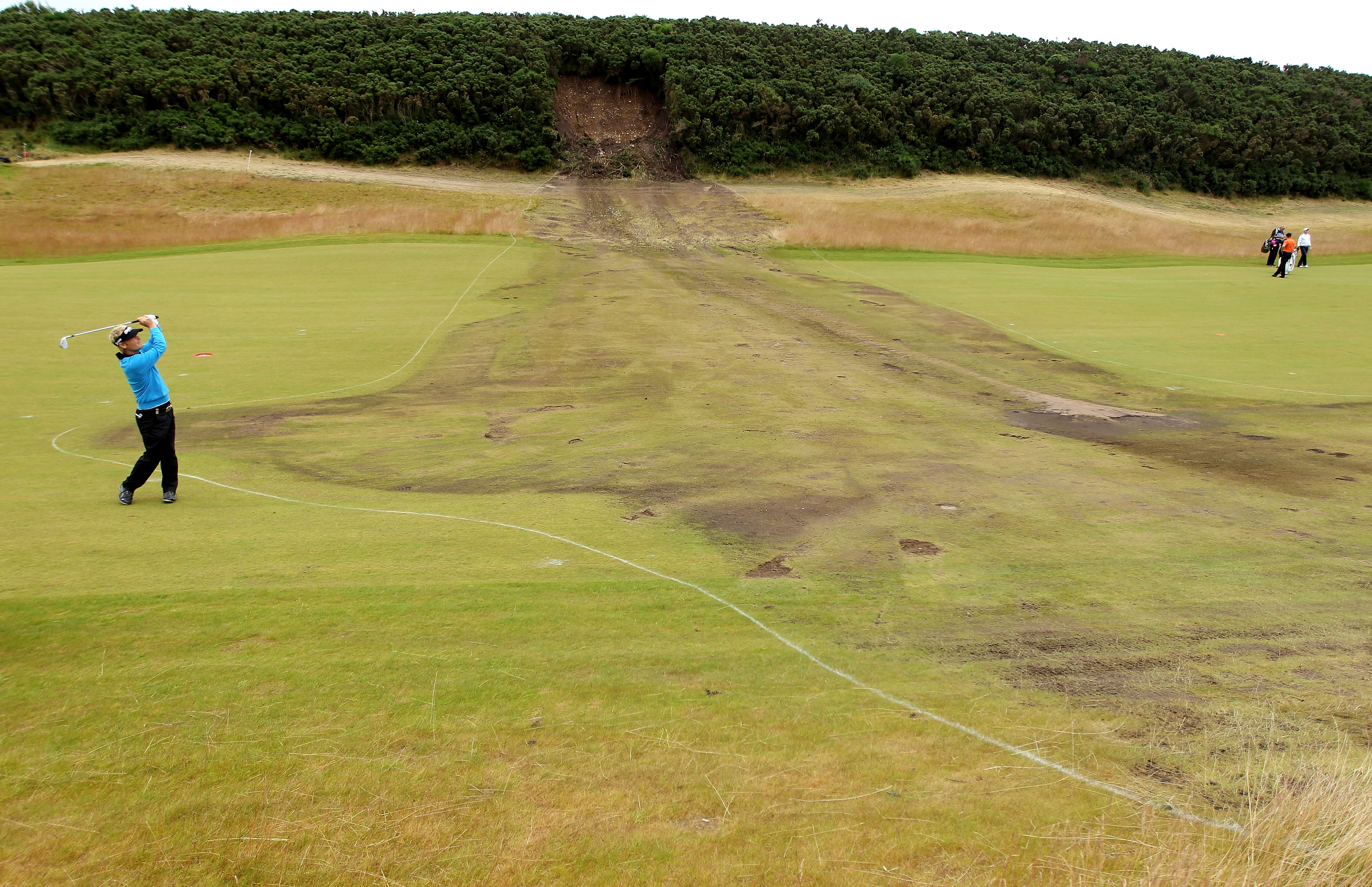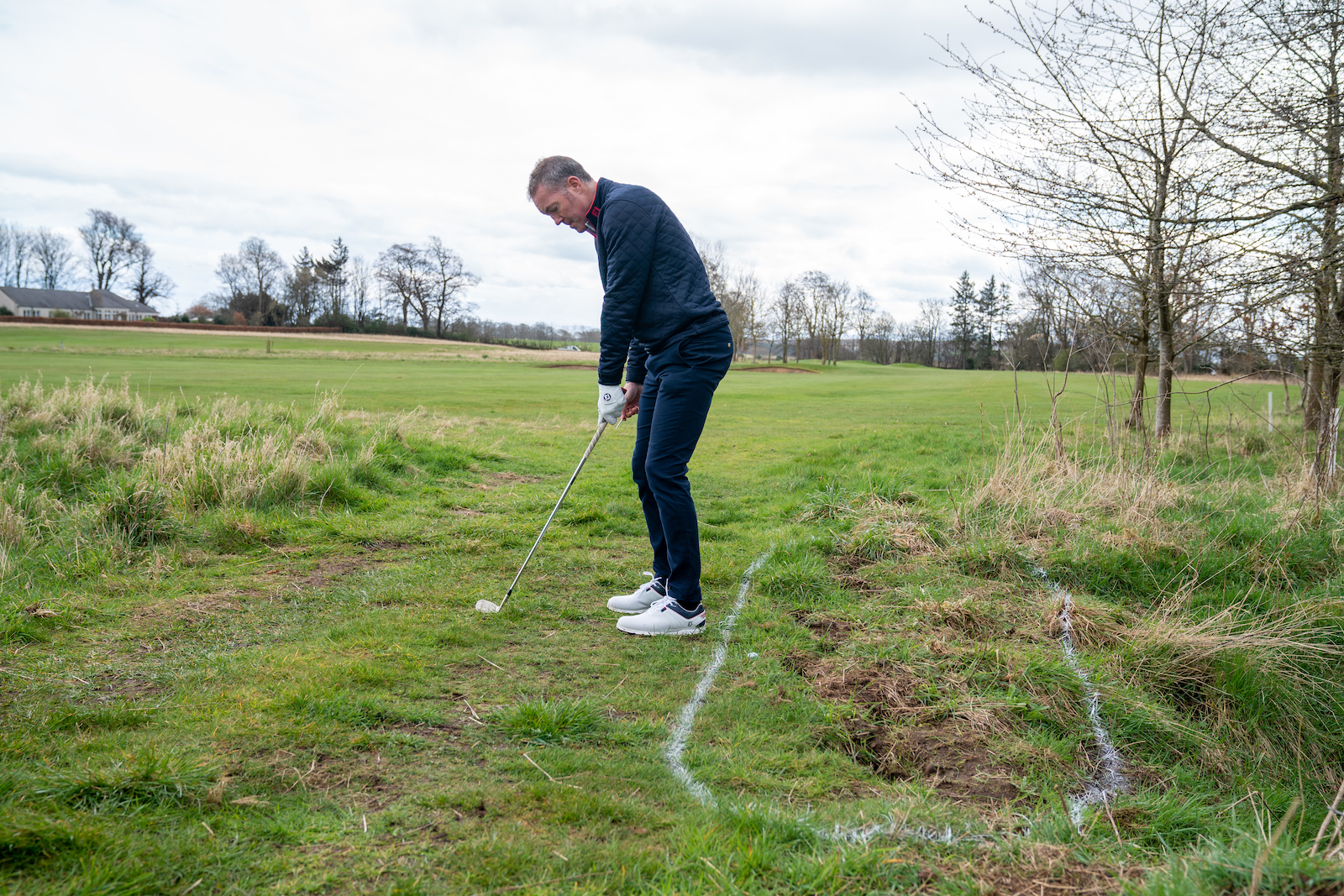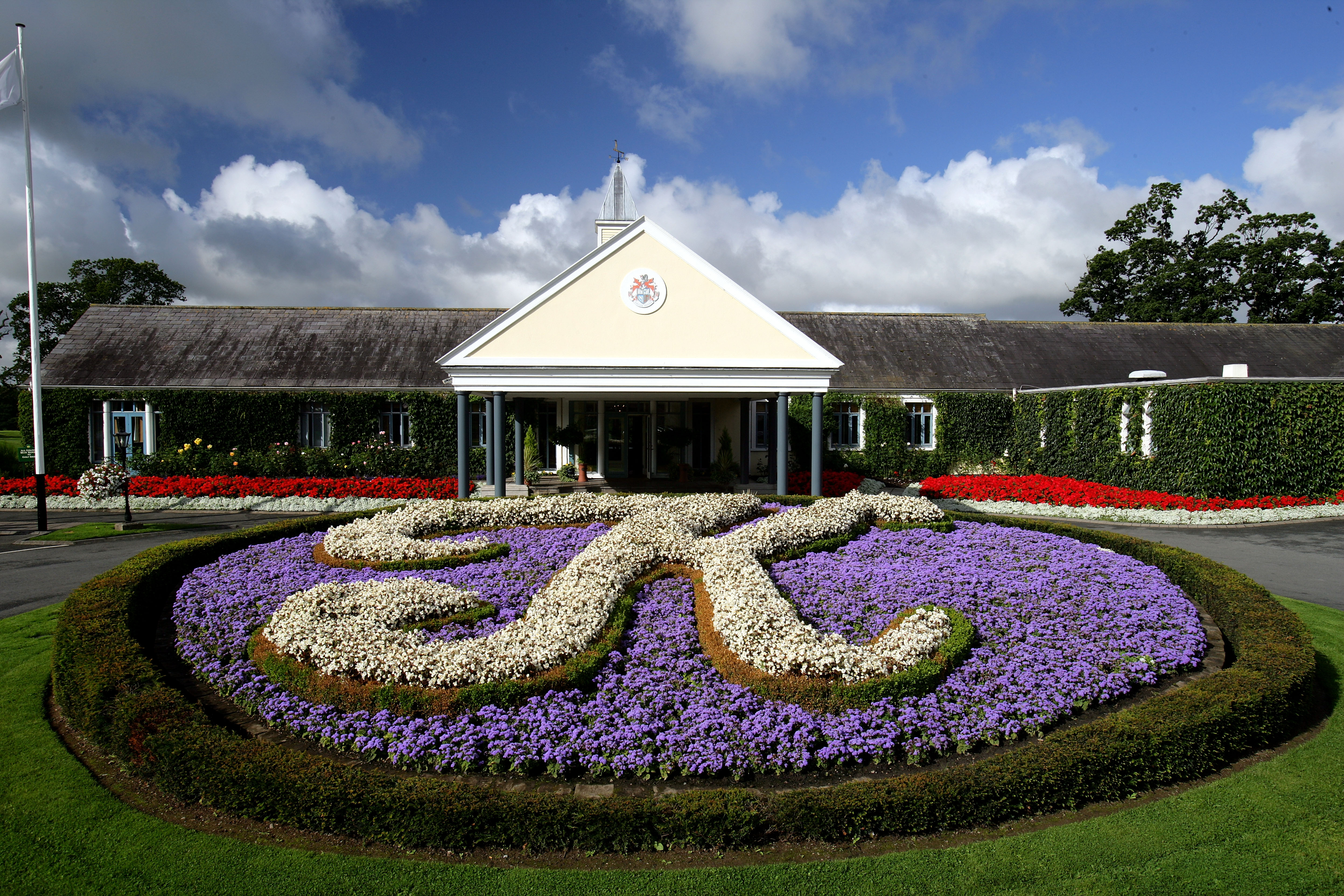NPZ And GUR... Two Rules Abbreviations Every Golfer Needs To Know!
Do you know your NPZ from your GUR? We unpack the differences between No Play Zones and Ground Under Repair


Many golfers are very familiar with the term GUR, which stands for Ground Under Repair, but perhaps fewer are quite so au fait with NPZ, which indicates a No Play Zone. But what is the difference? Well, it’s essentially the difference between ‘may’ and ‘must’ take relief.
Ground Under Repair (GUR)
GUR is one of the four things that come under the heading of ‘abnormal course condition’ in the Rules (along with immovable obstructions, temporary water and animal holes). GUR is any part of the course that the Committee has defined to be GUR whether marked or not (usually it is marked via a white circle or similar). It might be an area that’s undergoing maintenance, for example, or one that has perhaps suffered after flooding where the grass has been under water for some time.

This part of the 1st hole at Castle Stuart was designated GUR after a landslip in the 2011 Scottish Open
GUR includes all of the ground inside the edge of that defined area, and any growing or attached natural object rooted in the defined area. It also includes any holes made by the Committee or maintenance staff (except aeration holes) and any grass cuttings, leaves or other materials which have been piled for later removal (sometimes you may have to make a judgement call here, but often it will be fairly obvious).
If a course has double greens, the hole cut for play of another hole would be classed as GUR, and any animal habitat (such as a bird’s nest) that is so near a player’s ball that the player’s stroke or stance might damage it would also be classed as GUR, but not when the habitat has been made by animals that are defined as loose impediments (such as worms or insects).
In terms of the boundaries, when defined by a line on the ground, the edge of the GUR is the outside edge of the line, and the line itself is in the ground under repair. When defined by stakes, the edge of the GUR is defined by the line between the outside points of the stakes at ground level, and the stakes are inside the ground under repair.
If your ball lies in GUR, or it interferes with your area of intended stance or area of intended swing, you are entitled to free relief under Rule 16, dropping within one club-length of your nearest point of complete relief not nearer the hole. You must take full relief, so can’t still be standing in the GUR after taking your drop.
Subscribe to the Golf Monthly newsletter to stay up to date with all the latest tour news, equipment news, reviews, head-to-heads and buyer’s guides from our team of experienced experts.

If you elect to take relief from GUR you must take full relief (so stance, too)
No Play Zone (NPZ)
With GUR, you generally have the option to play the ball as it lies too, perhaps if the lie is good and your dropping area isn’t quite so appetising.
However, if something is designated a No Play Zone (NPZ) then you must take relief as above under Rule 16.1b, c or d if the NPZ is in an abnormal course condition, or under penalty under Rule 19 (unplayable ball) if the NPZ is in a penalty area. You do not have the option to play the ball as it lies.
The Committee may use an NPZ for any reason, but some of the most common would be:
• To protect wildlife, animal habitats, and environmentally sensitive areas.
• To prevent damage to young trees, flowerbeds, turf nurseries, re-turfed areas or other planted areas.
• To protect players from danger (e.g., a cliff edge or other big drop).
• To preserve sites of historical or cultural interest (e.g., perhaps an ancient burial ground or similar).

If something like this ornate flowerbed is designated a No Play Zone, you must take complete relief
An NPZ must be defined as part of either an abnormal course condition or a penalty area and the Committee should define the edge of an NPZ with a line or stakes in such a way that differentiates it from a regular abnormal course condition or penalty area that does not contain an NPZ. There is no specific colour of stakes and lines to be used, but the following are recommended by The R&A:
* Penalty area NPZ - red or yellow stakes with green tops.
* Abnormal course condition NPZ - white or blue stakes with green tops.
As indicated earlier, if your ball lies in an NPZ, you must take relief, and you must also do so if it interferes with your area of intended stance or area of intended swing in playing a ball outside the NPZ (e.g., if your follow-through would create a divot in the NPZ even though your ball lies outside it).

Jeremy Ellwood has worked in the golf industry since 1993 and for Golf Monthly since 2002 when he started out as equipment editor. He is now a freelance journalist writing mainly for Golf Monthly. He is an expert on the Rules of Golf having qualified through an R&A course to become a golf referee. He is a senior panelist for Golf Monthly's Top 100 UK & Ireland Course Rankings and has played all of the Top 100 plus 91 of the Next 100, making him well-qualified when it comes to assessing and comparing our premier golf courses. He has now played 1,000 golf courses worldwide in 35 countries, from the humblest of nine-holers in the Scottish Highlands to the very grandest of international golf resorts. He reached the 1,000 mark on his 60th birthday in October 2023 on Vale do Lobo's Ocean course. Put him on a links course anywhere and he will be blissfully content.
Jezz can be contacted via Twitter - @JezzEllwoodGolf
Jeremy is currently playing...
Driver: Ping G425 LST 10.5˚ (draw setting), Mitsubishi Tensei AV Orange 55 S shaft
3 wood: Srixon ZX, EvenFlow Riptide 6.0 S 50g shaft
Hybrid: Ping G425 17˚, Mitsubishi Tensei CK Pro Orange 80 S shaft
Irons 3- to 8-iron: Ping i525, True Temper Dynamic Gold 105 R300 shafts
Irons 9-iron and PW: Honma TWorld TW747Vx, Nippon NS Pro regular shaft
Wedges: Ping Glide 4.0 50˚ and 54˚, 12˚ bounce, True Temper Dynamic Gold 105 R300 shafts
Putter: Kramski HPP 325
Ball: Any premium ball I can find in a charity shop or similar (or out on the course!)